Related Topics
The Toilet Mountain of Social Media
The hefty topic of U.S. funding for 'digital twin' chips research under the CHIPS Act, comparing its budget to other big expenditures.
Wizard Trust Falls for PCB Footprints
Parker’s transition from Eagle to KiCad, facing challenges with library management and device layer integration. Also, the new MacroFab Quote Wizard.
Screaming into the Social Media Void
AutoDesk is dropping support and development for the dedicated Eagle EDA tool and moving efforts to the AutoDesk Fusion 360 Electronics.
Other Resources
Circuit Break Podcast
Webinars
Videos
Tour MacroFab's ITAR-Compliant Facility
July 22, 2016, Episode #25
- Stephen has completed the SSPS Analog board. See Figure 1. Testing will begin early next week.
- The Macro Amp that Stephen has been working on is almost done. He just needs to solder the through hole onto the board. See Figure 2.
- Stephen has been working with Altium this past couple weeks while doing DFM work for customers. He would like the software if it didn’t cost $15K.
- Parker finished programming the new revision of the MacroWatch V2. See Figure 3. Uses the EFM8SB10F2G in a QFN-20 package. EFM8 series has tons of built in peripherals. Reduced power consumption by 5 fold.
- KiCad will be adding built in SPICE simulation to the schematic portion. Stephen is now willing to try out the EDA tool.
- ARM was purchased by SoftBank for $32 Billion. Parker and Stephen talk about the implications of this purchase. The ARM founder isn’t to happy about the deal.
- Microchip will be boosting the Atmel AVR8 product line later this summer.
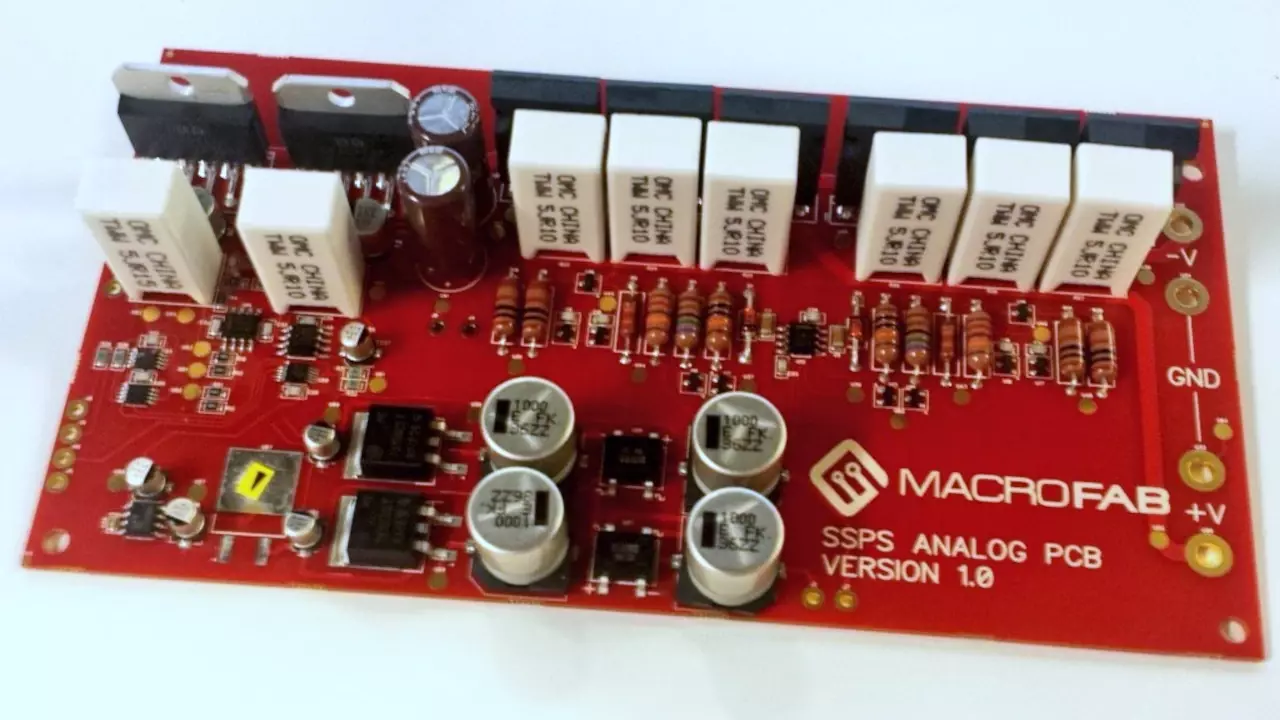
Figure 1: Stephen’s SSPS Analog board. Hoping for no smoke monsters!
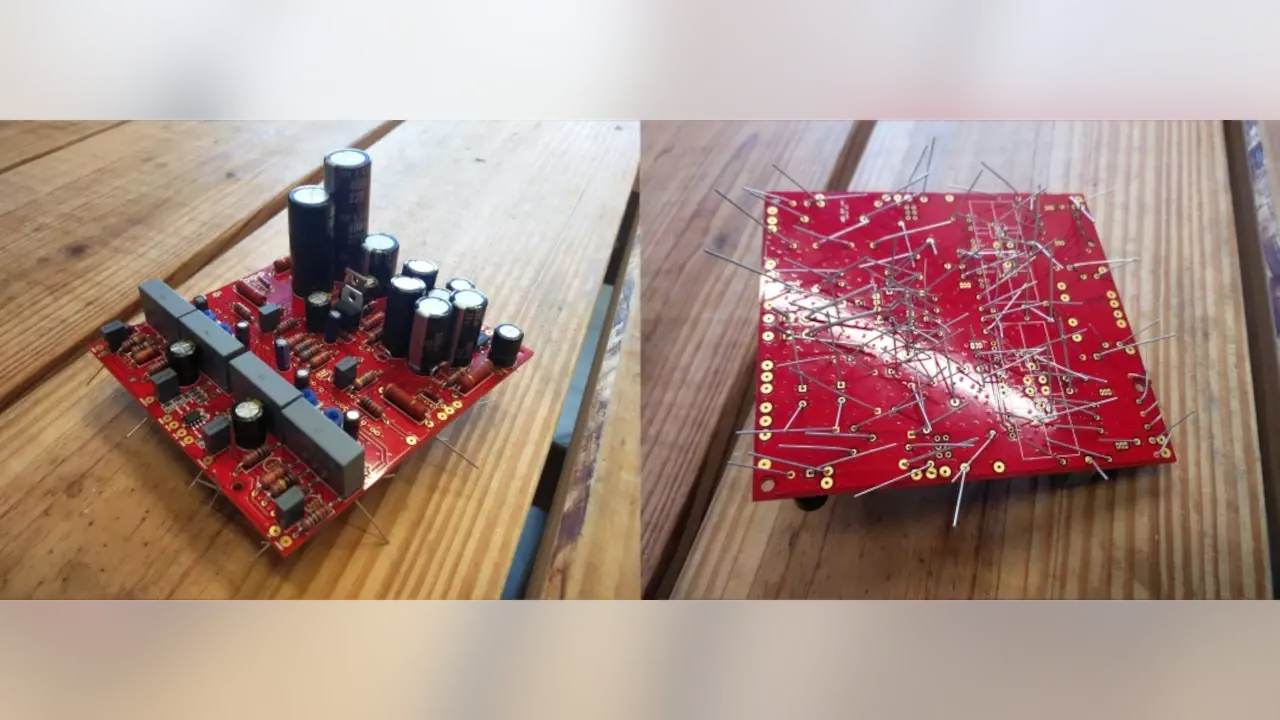
Figure 2: The Macro Amp is almost complete. Just needs through hole soldering.
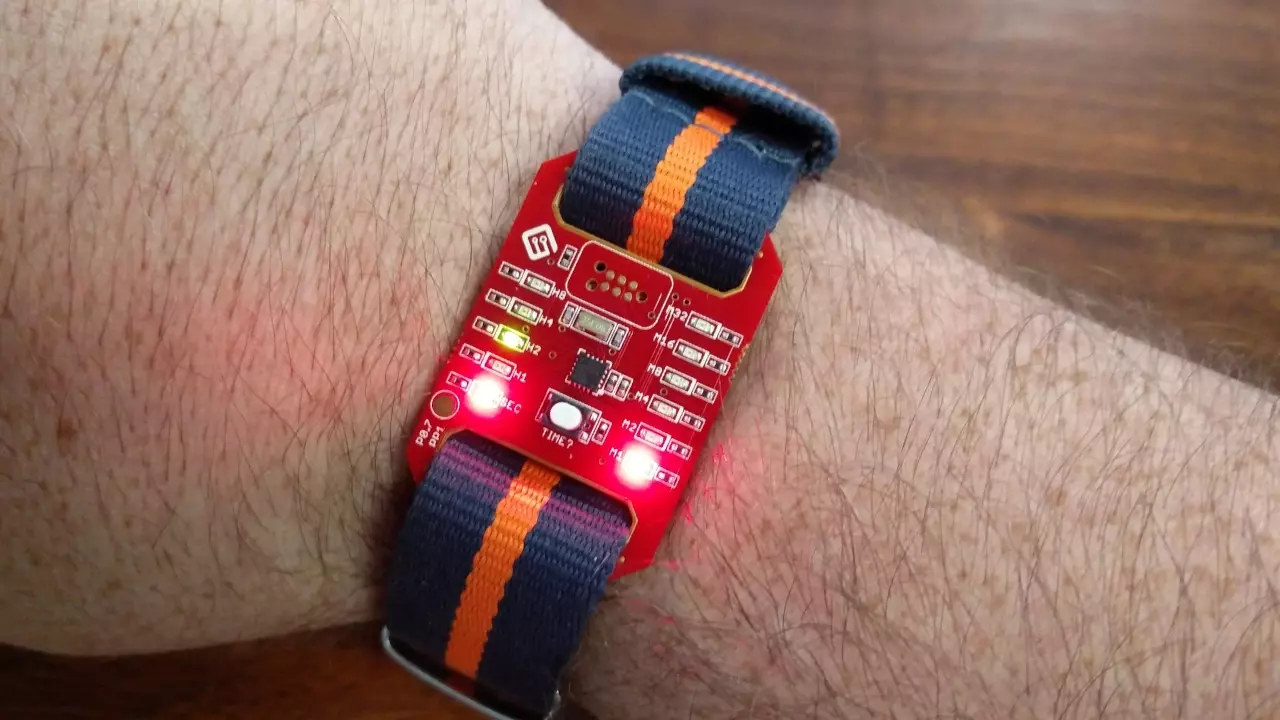
Figure 3: Parker’s REV 2 of the MacroWatch with the code ported over from the PIC16 to the EFM8SB.
About the Hosts

Parker Dillmann
Parker is an Electrical Engineer with backgrounds in Embedded System Design and Digital Signal Processing. He got his start in 2005 by hacking Nintendo consoles into portable gaming units. The following year he designed and produced an Atari 2600 video mod to allow the Atari to display a crisp, RF fuzz free picture on newer TVs. Over a thousand Atari video mods where produced by Parker from 2006 to 2011 and the mod is still made by other enthusiasts in the Atari community.
In 2006, Parker enrolled at The University of Texas at Austin as a Petroleum Engineer. After realizing electronics was his passion he switched majors in 2007 to Electrical and Computer Engineering. Following his previous background in making the Atari 2600 video mod, Parker decided to take more board layout classes and circuit design classes. Other areas of study include robotics, microcontroller theory and design, FPGA development with VHDL and Verilog, and image and signal processing with DSPs. In 2010, Parker won a Ti sponsored Launchpad programming and design contest that was held by the IEEE CS chapter at the University. Parker graduated with a BS in Electrical and Computer Engineering in the Spring of 2012.
In the Summer of 2012, Parker was hired on as an Electrical Engineer at Dynamic Perception to design and prototype new electronic products. Here, Parker learned about full product development cycles and honed his board layout skills. Seeing the difficulties in managing operations and FCC/CE compliance testing, Parker thought there had to be a better way for small electronic companies to get their product out in customer's hands.
Parker also runs the blog, longhornengineer.com, where he posts his personal projects, technical guides, and appnotes about board layout design and components.

Stephen Kraig
Stephen Kraig is a component engineer working in the aerospace industry. He has applied his electrical engineering knowledge in a variety of contexts previously, including oil and gas, contract manufacturing, audio electronic repair, and synthesizer design. A graduate of Texas A&M, Stephen has lived his adult life in the Houston, TX, and Denver, CO, areas.
Stephen has never said no to a project. From building guitar amps (starting when he was 17) to designing and building his own CNC table to fine-tuning the mineral composition of the water he uses to brew beer, he thrives on testing, experimentation, and problem-solving. Tune into the podcast to learn more about the wacky stuff Stephen gets up to.
Special thanks to whixr over at Tymkrs for the intro and outro!
Related Podcasts
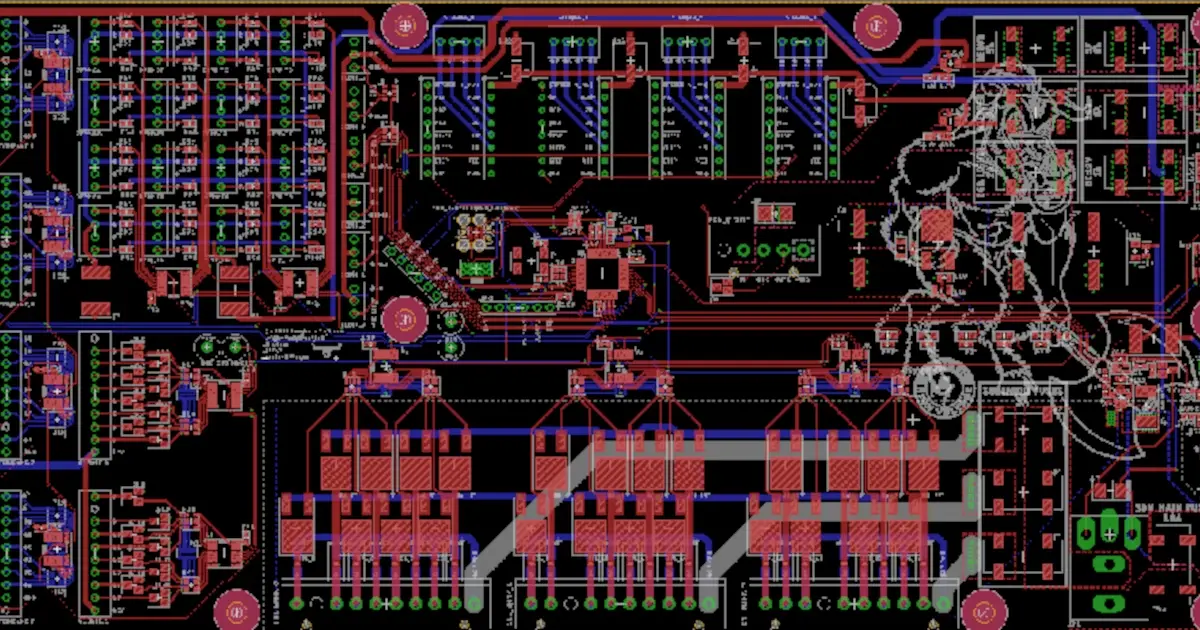
How Soft Are Your Diodes?
Parker's pinball controller has gone gold! Revision 3 is being fabricated! Stephen then explores the softness factor of diodes and the SSPS returns?
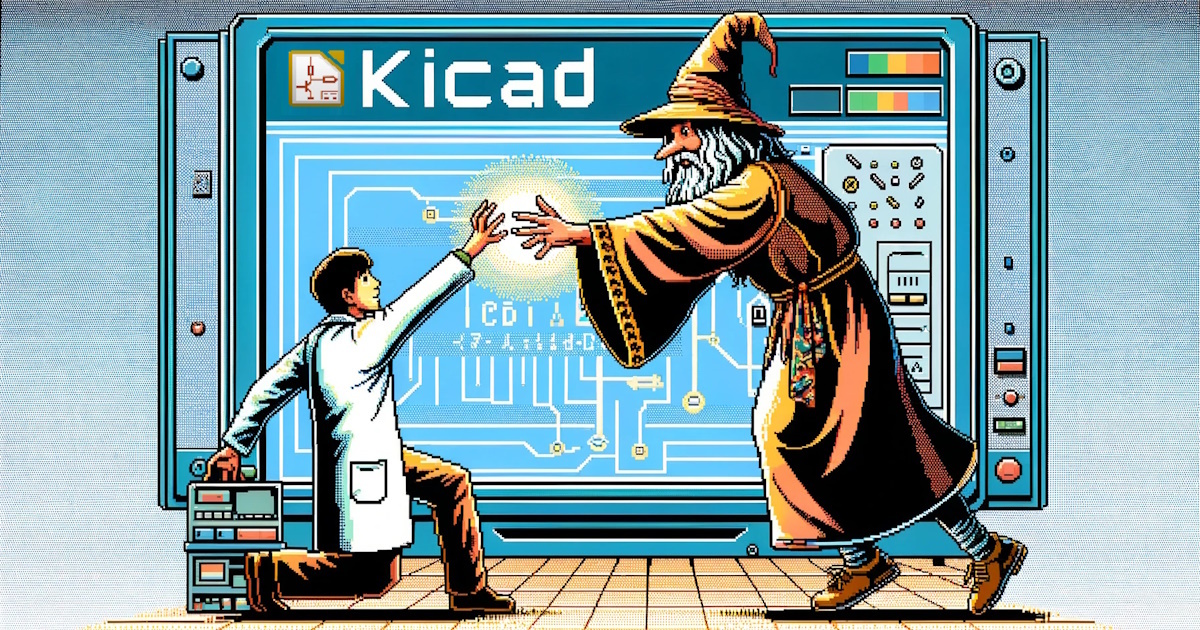
Wizard Trust Falls for PCB Footprints
Parker’s transition from Eagle to KiCad, facing challenges with library management and device layer integration. Also, the new MacroFab Quote Wizard.
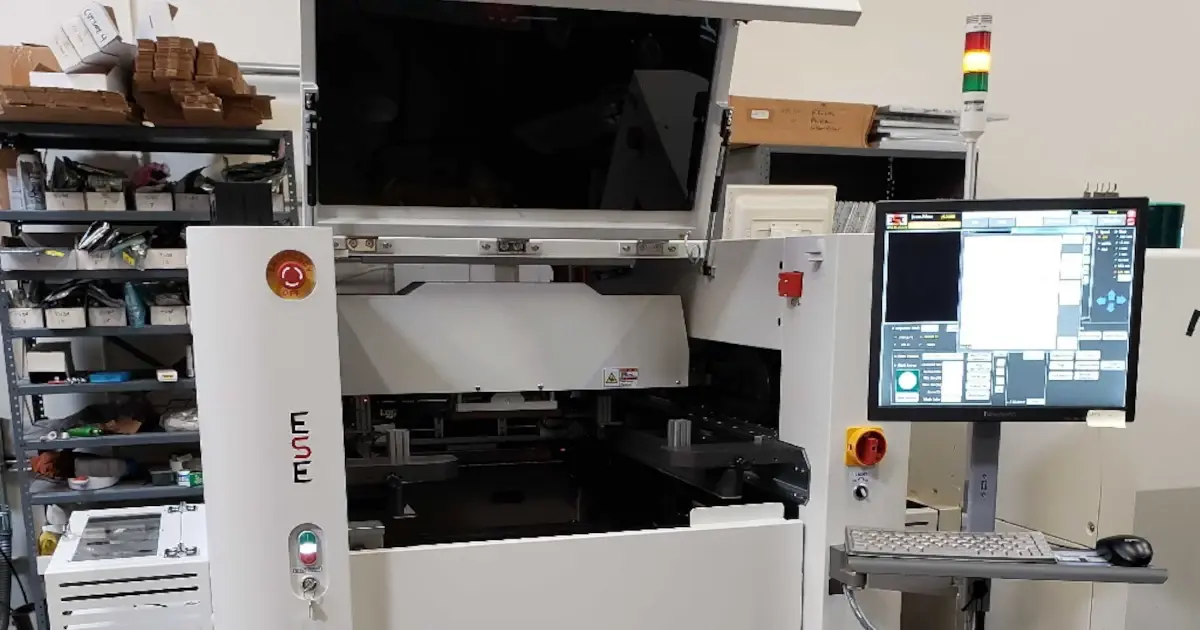
Viciously Different Creams
Does anyone actually use the metric sizing for chip components? The ole' 0603 metric and 0201 imperial chip component switcheroo on this episode.
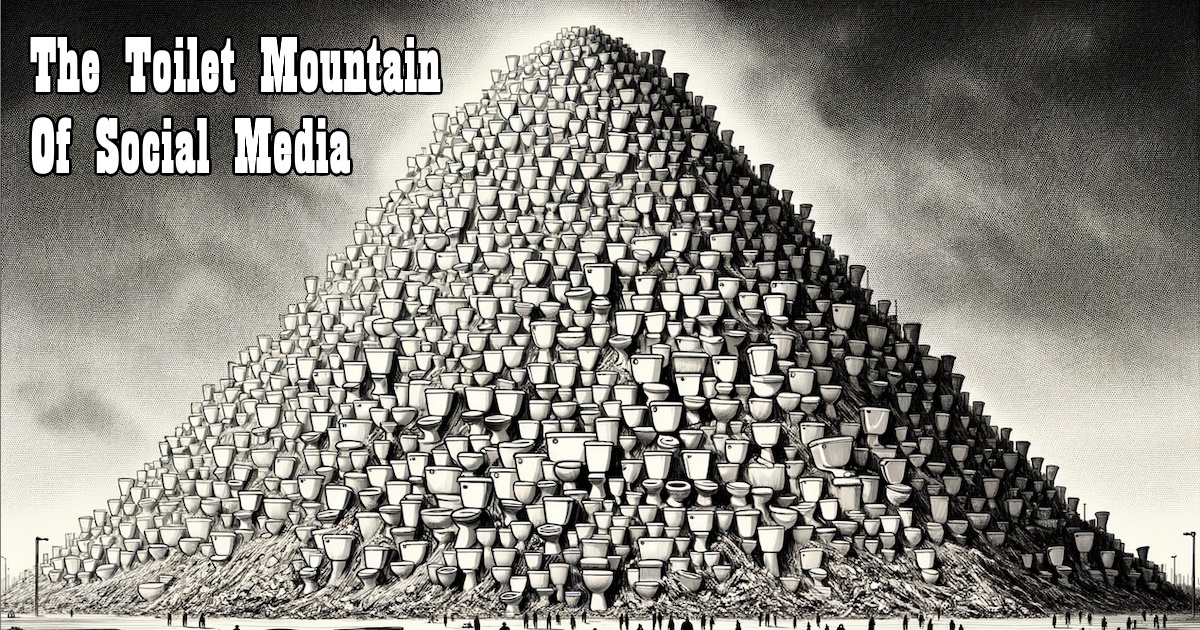
The Toilet Mountain of Social Media
The hefty topic of U.S. funding for 'digital twin' chips research under the CHIPS Act, comparing its budget to other big expenditures.
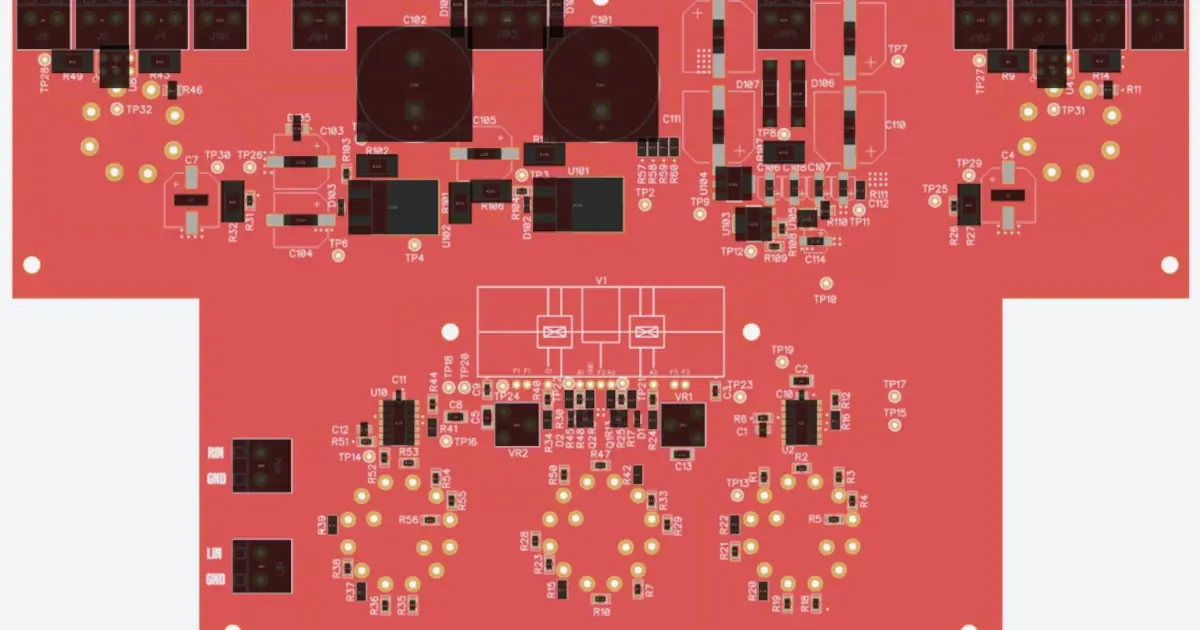
Little Shop of Transformer Horror
Josh Rozier starts his design of a power transformer, the DOOM SAO gets more code, and the MacroAmp is 90% done!

Screaming into the Social Media Void
AutoDesk is dropping support and development for the dedicated Eagle EDA tool and moving efforts to the AutoDesk Fusion 360 Electronics.
About MacroFab
MacroFab offers comprehensive manufacturing solutions, from your smallest prototyping orders to your largest production needs. Our factory network locations are strategically located across North America, ensuring that we have the flexibility to provide capacity when and where you need it most.
Experience the future of EMS manufacturing with our state-of-the-art technology platform and cutting-edge digital supply chain solutions. At MacroFab, we ensure that your electronics are produced faster, more efficiently, and with fewer logistic problems than ever before.
Take advantage of AI-enabled sourcing opportunities and employ expert teams who are connected through a user-friendly technology platform. Discover how streamlined electronics manufacturing can benefit your business by contacting us today.